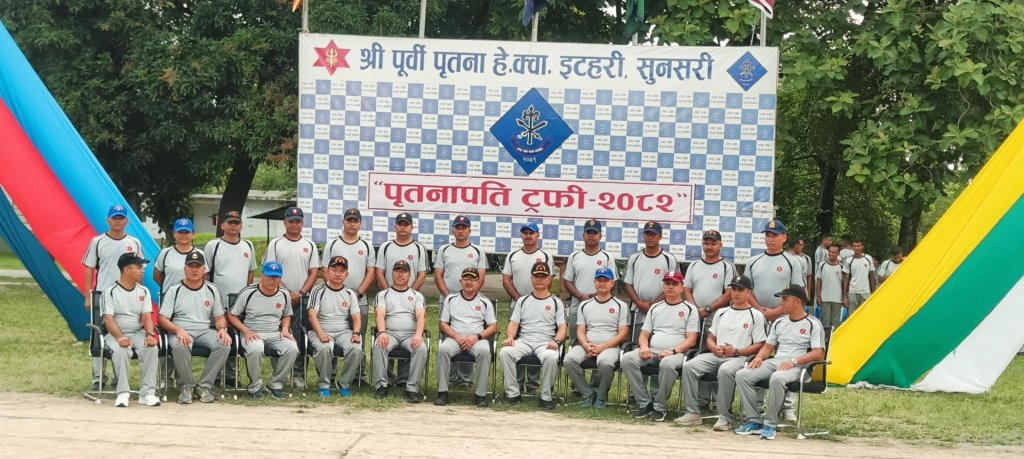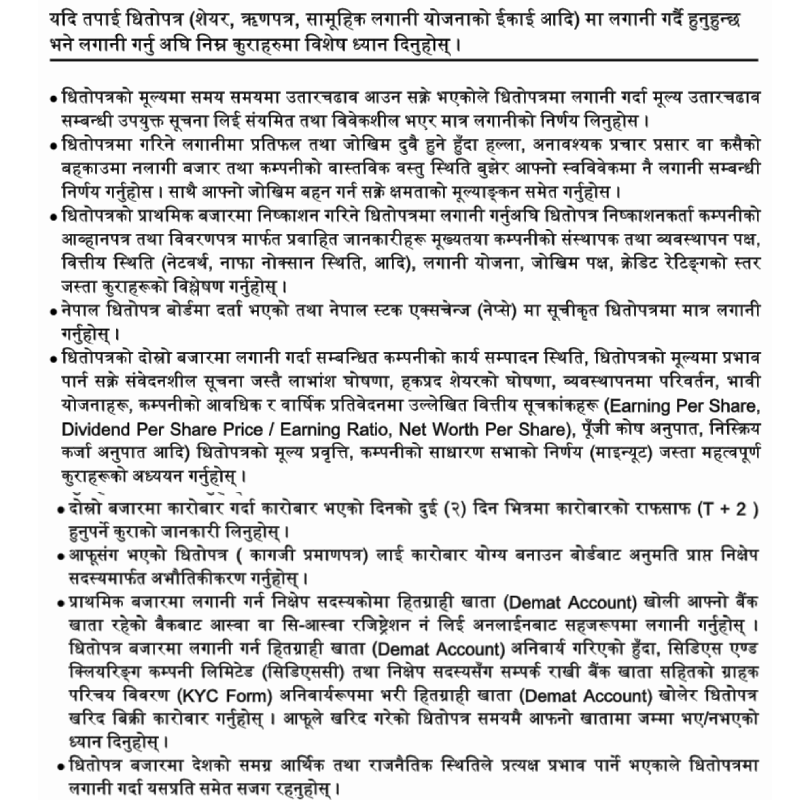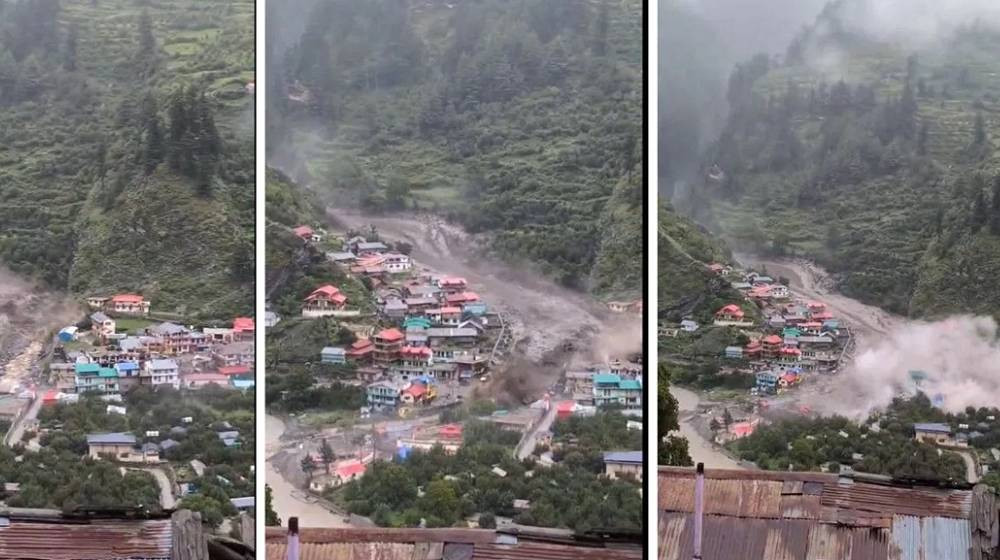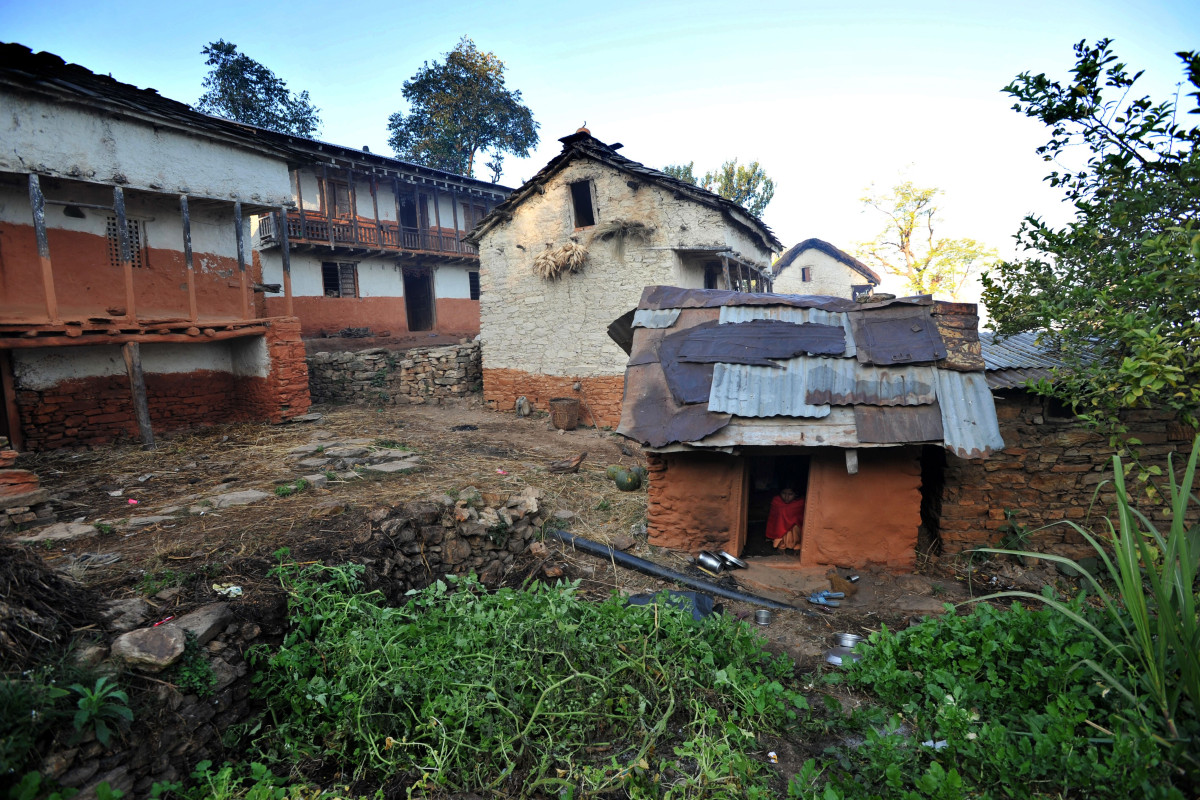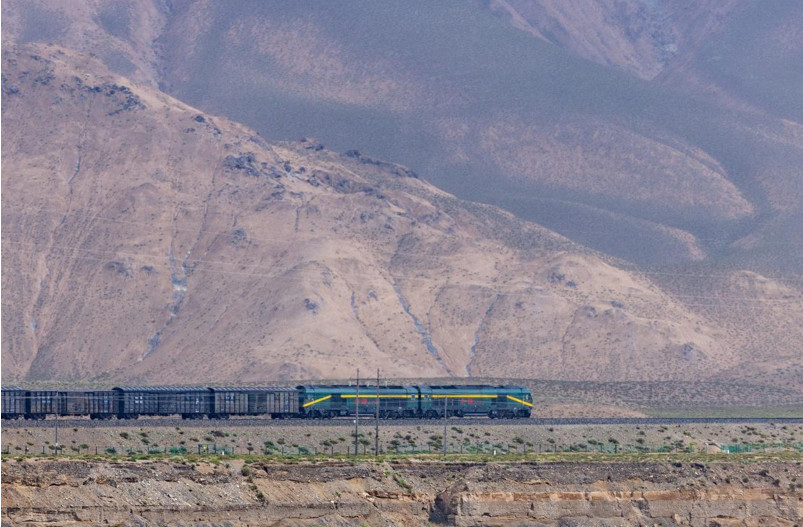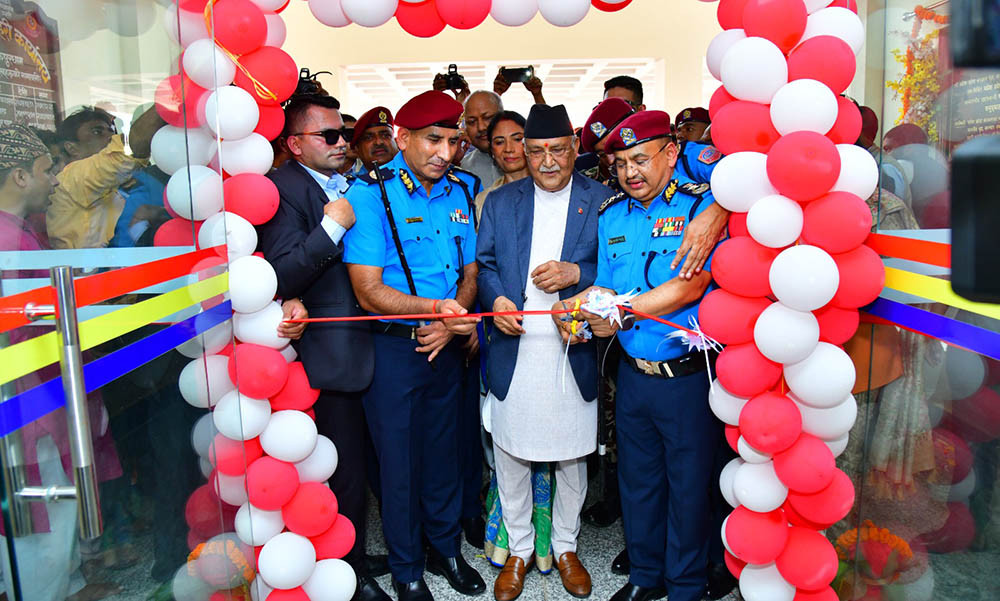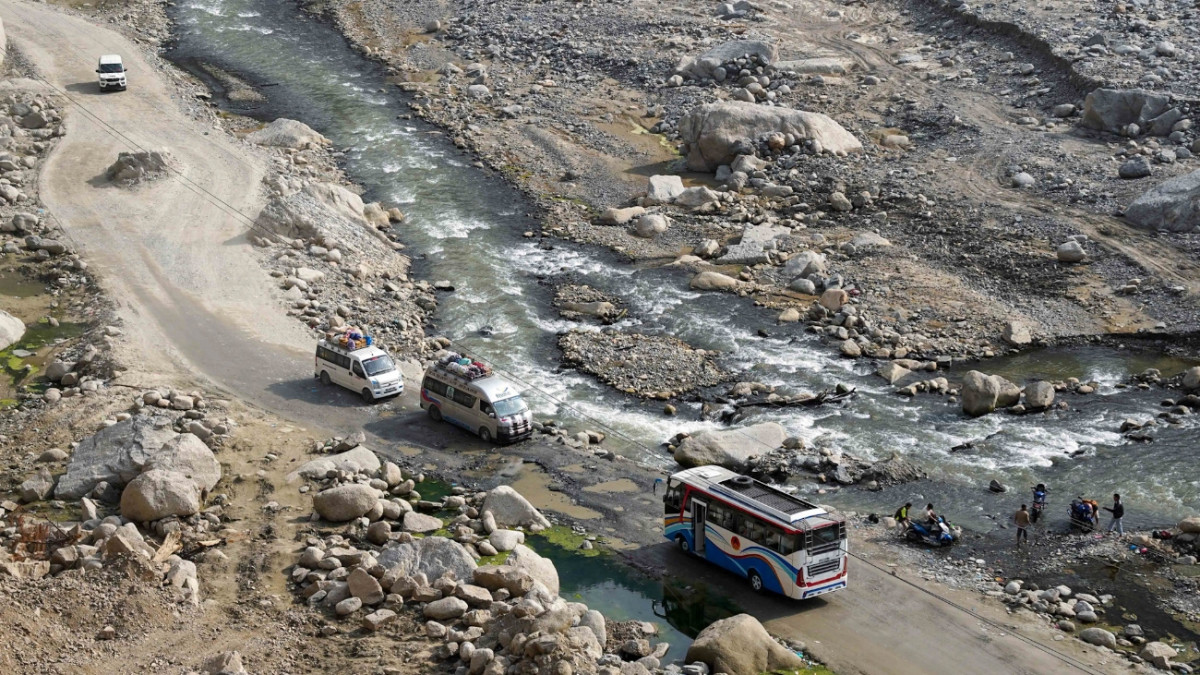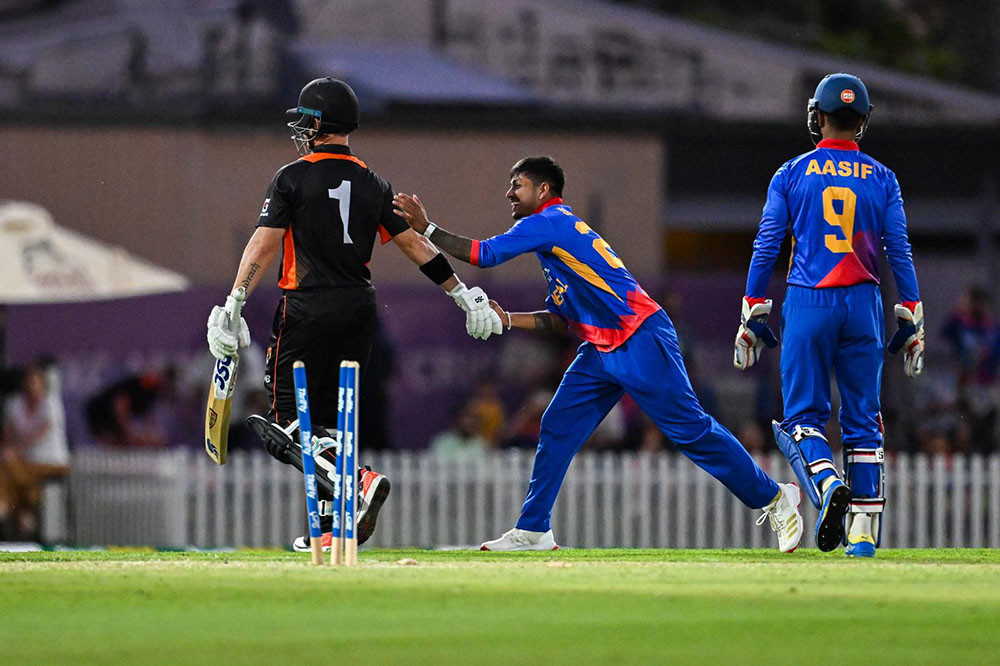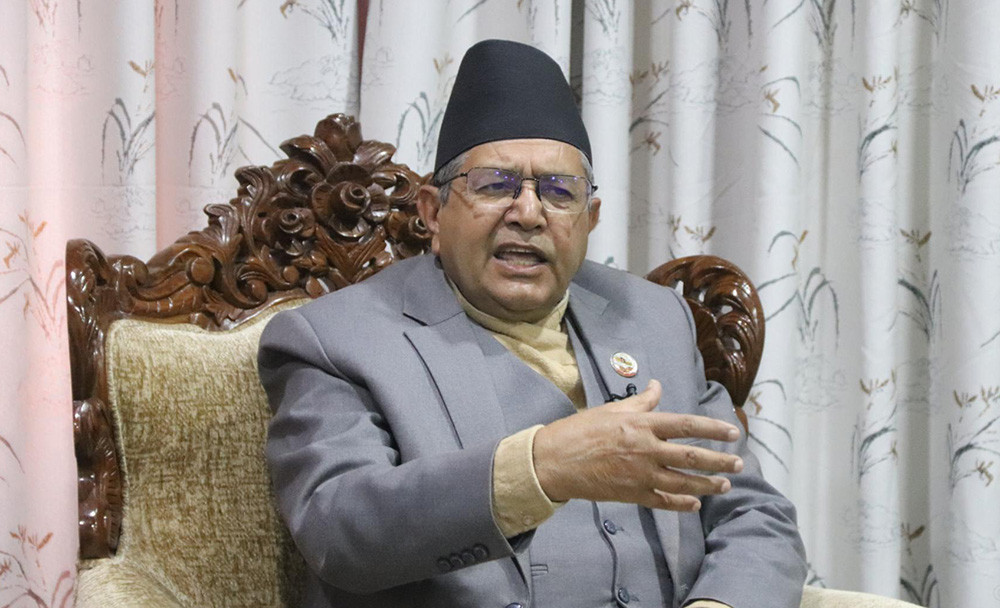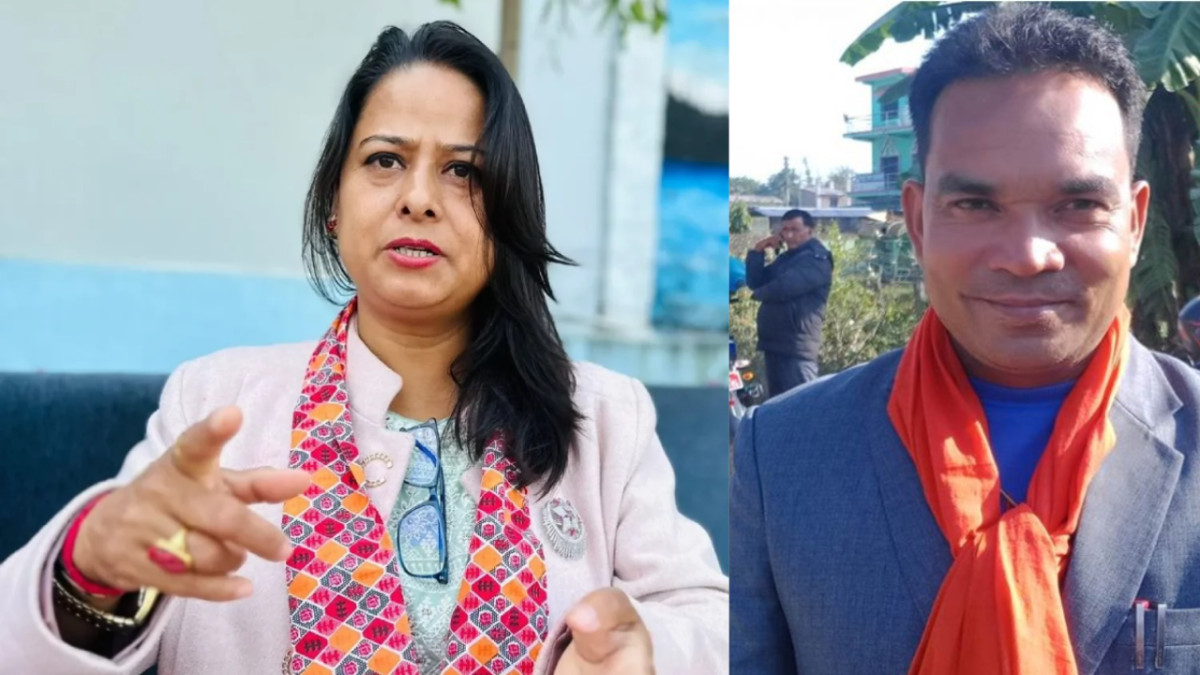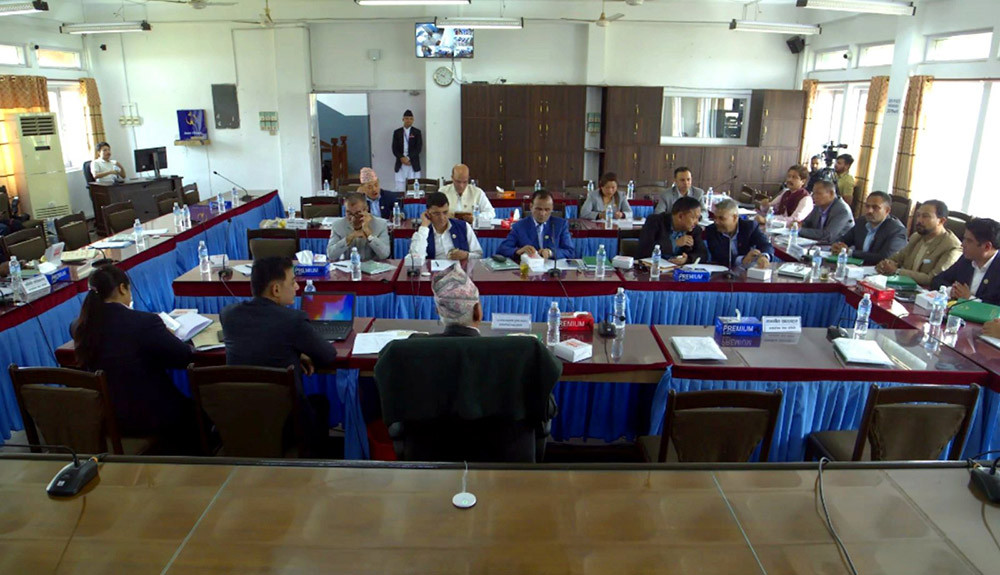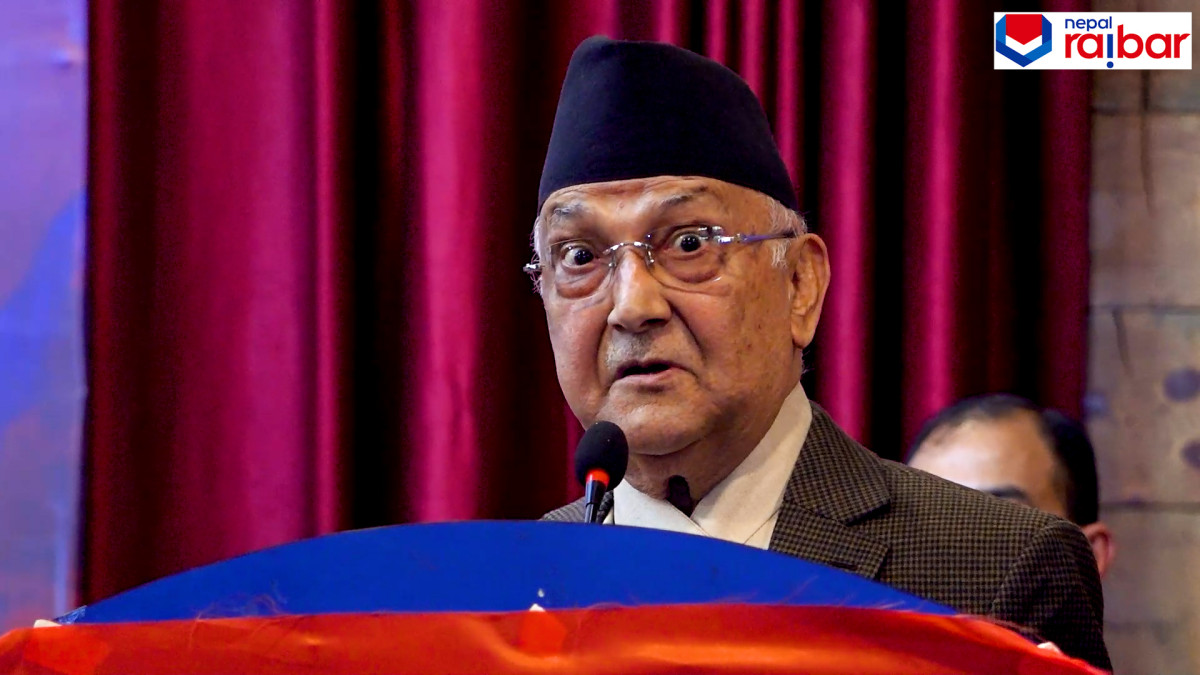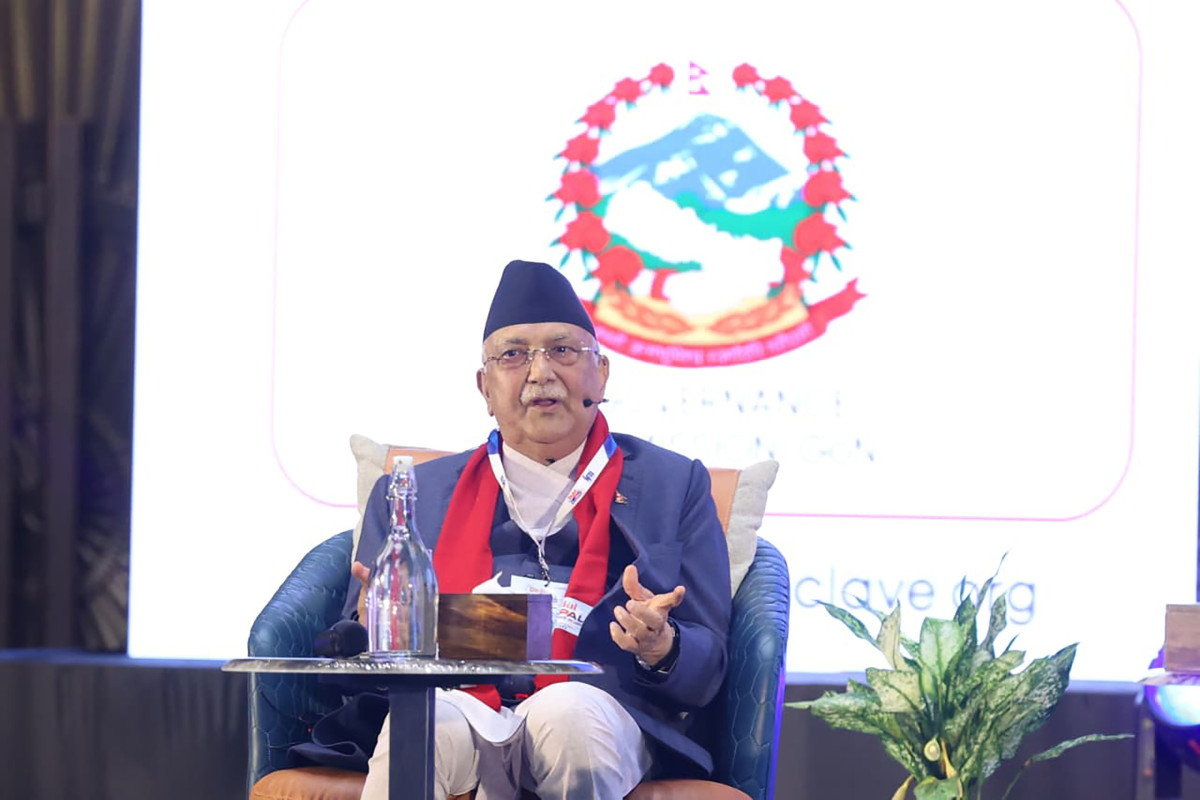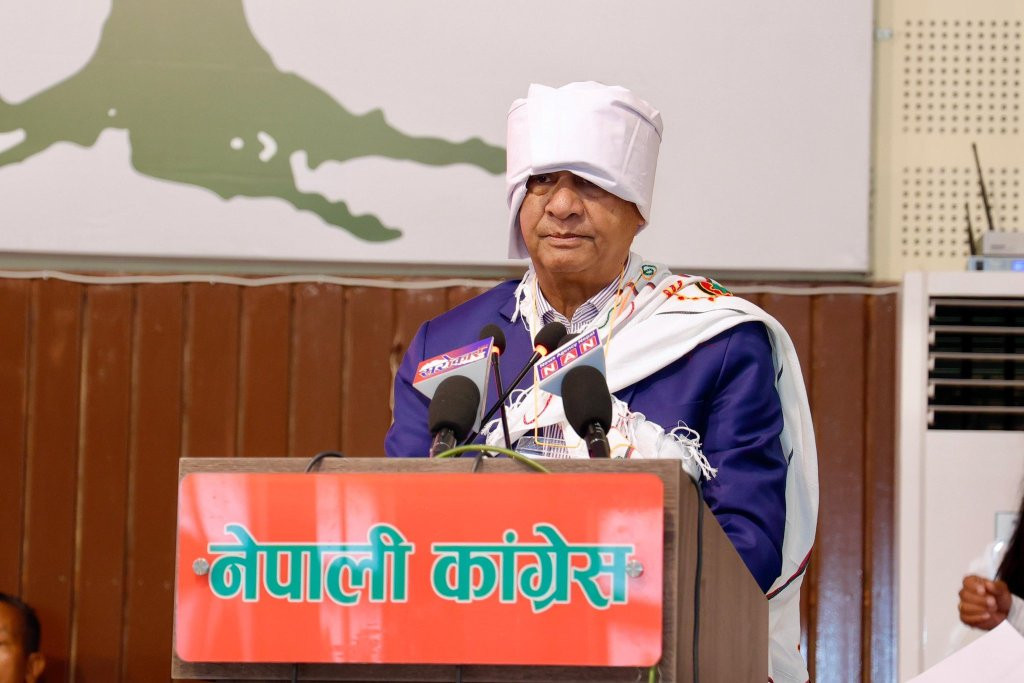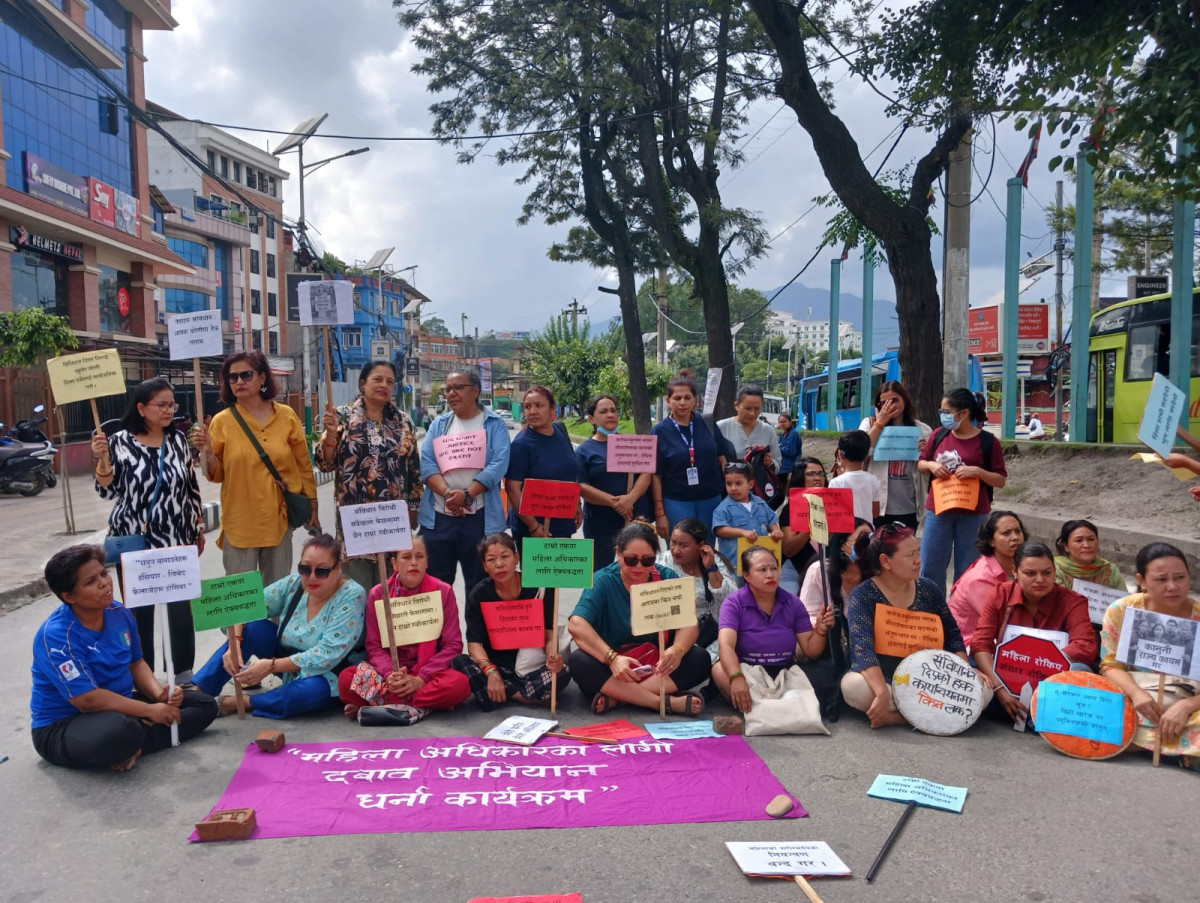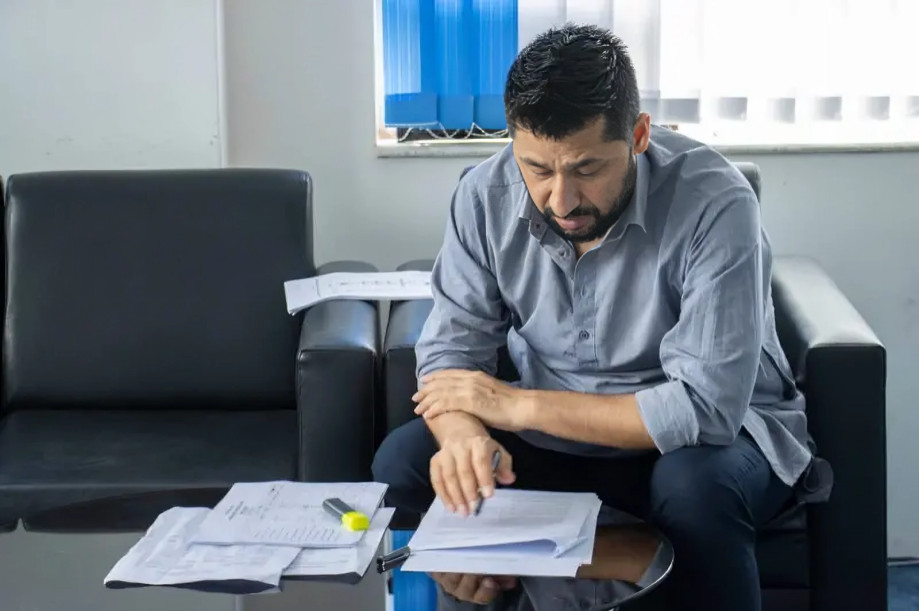U.S. President Donald Trump and Russian President Vladimir Putin are scheduled to meet on August 15 in Alaska for high-stakes talks aimed at brokering a potential ceasefire in Ukraine. The summit will mark the first face-to-face meeting between the two leaders since 2021.
Throughout his 2023-2024 campaign, Trump repeatedly vowed to end the Ukraine crisis within 24 hours of taking office. Now in the White House, the Alaska summit represents his most significant diplomatic push yet to fulfill that promise.
The White House has promoted the meeting as a critical opportunity to halt the ongoing war, but prospects for a breakthrough appear uncertain. The two leaders are entering the discussions with starkly different goals, and many of America’s allies have warned that any deal excluding Ukraine from the negotiating table would lack legitimacy.
The summit was announced following a three-hour meeting in Moscow between Putin and Trump’s special envoy, Steve Witkoff, earlier this week.
According to The Wall Street Journal, Putin has offered a broad ceasefire proposal requiring substantial territorial concessions from Ukraine in exchange for halting military operations. The plan reportedly seeks international recognition of Russia's claims over occupied territories-terms likely to face strong resistance in Kyiv and the West.
Speaking on Friday, President Trump expressed confidence in securing a ceasefire and even floated the idea of a “territory swap” as part of a peace agreement. Though he did not elaborate on the proposal, the comment drew immediate criticism from Ukrainian officials and allied nations.
Ukrainian President Volodymyr Zelensky condemned the planned talks for excluding his government and reiterated that no agreement involving Ukrainian territory can be made without Ukraine’s direct participation.
“Any decisions made against us, any decisions made without Ukraine, are at the same time decisions against peace,” Zelensky said in a video address Saturday. “They will bring nothing. These are dead decisions; they will never work.”
European leaders also responded swiftly. In a joint statement issued Saturday, officials from the European Commission, France, Germany, Italy, Poland, Finland, and the United Kingdom reaffirmed their stance that Ukraine’s internationally recognized borders are non-negotiable. They emphasized that any resolution must involve Kyiv and be based on Ukraine’s sovereignty and territorial integrity.
The last round of Russia-Ukraine talks, held in Istanbul on July 23, failed to produce progress toward a ceasefire but did result in an agreement on a prisoner exchange that included civilian detainees.
Meanwhile, hostilities on the ground persist. Drone and missile strikes continue to claim lives and destroy infrastructure on both sides, with no sign of military de-escalation.
Analysts caution that even if Trump and Putin reach a preliminary understanding, implementing a durable ceasefire would require resolving complex issues such as troop withdrawals, security guarantees, and the future status of disputed territories-challenges that have eluded negotiators since the war began in 2022.
With deep divisions and limited trust between the parties, experts warn that any ceasefire agreement could prove fragile without clear enforcement mechanisms.
Whether the Alaska summit marks a turning point in the war or merely hardens existing fault lines remains to be seen. For now, hopes for peace rest on whether Trump and Putin can bridge the vast political and strategic gulf that separates them-and whether Ukraine will ultimately be allowed a seat at the table.


.gif)



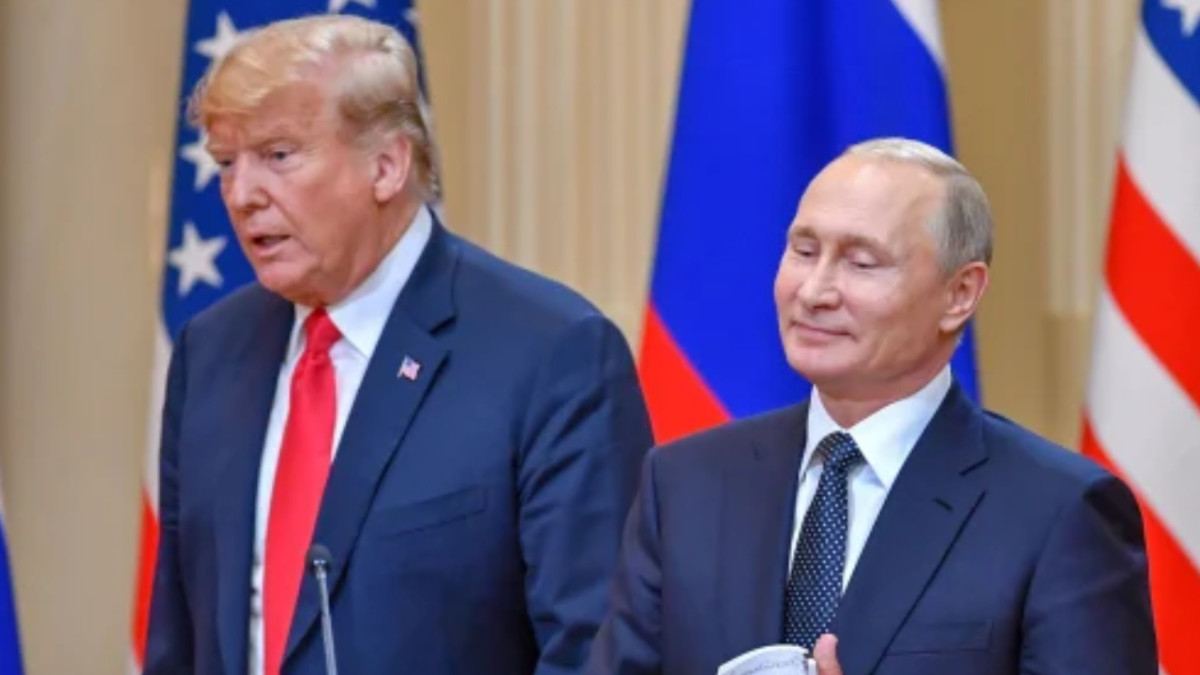


.jpeg)
.gif)










